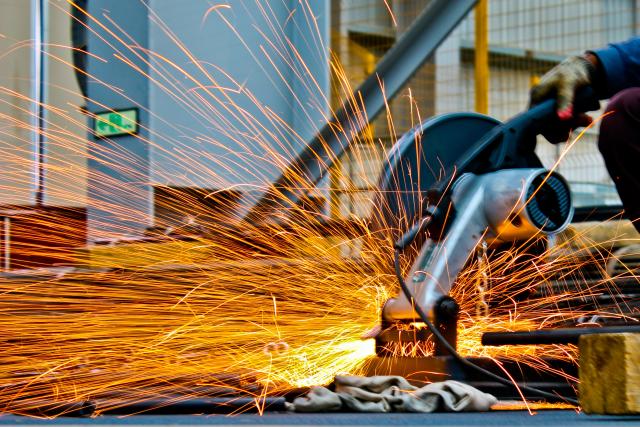
Use of Australian coal to make steel products around the world has been a mainstay in the argument for the ongoing development of fossil fuel projects.
Global steel production accounts for eight per cent of global carbon emissions.
However, South Australia’s Whyalla Steelworks have announced plans to make green steel as early as 2025, blowing excuses out of the water.
This has stepped up ambition in Australia’s manufacturing sector and increased pressure on other metal manufacturers to bring their decarbonisation timelines forward.
The global demand for green steel has led to significant investment in research and development and redesigning of manufacturing facilities, with a Swedish company already shipping steel made with renewable energy and hydrogen.
While Whyalla initially relied on coal for 50 years, when fully operational, a state of the art electric arc furnace will decrease its carbon emissions 90 per cent by 2025, with a goal to be carbon neutral by 2030.
To achieve this emission reduction Whyalla will use a combination of green hydrogen, wind and solar energy.
Locally, commitments for decarbonisation of Rio Tinto’s alumina industry by 2030 mean that significant work is already being done in Gladstone, with plans for Rio Tinto’s Yarwun alumina refinery to be first in the world to run some of the refining process on green hydrogen.
Sometimes the race to a zero-carbon world seems impossible and in the too-hard basket.
In Gladstone we have a front-row seat to just how big this transition will be.
Ambition from places like Whyalla and Gladstone demonstrate to the world that change is possible, and we are here to get it done.
Decarbonisation is an exciting new chapter in our story, and comes with the responsibility to work together to ensure the Gladstone region is the best place possible for locals who call it home, and those we will welcome in the future.
We all stand to benefit from a cleaner, greener future, and every step towards that is worth celebrating.





![Future thinking starts with [Theory] U](https://gladstonetoday.com.au/wp-content/uploads/2025/12/dinkusBUN_293688_01-100x70.jpg)